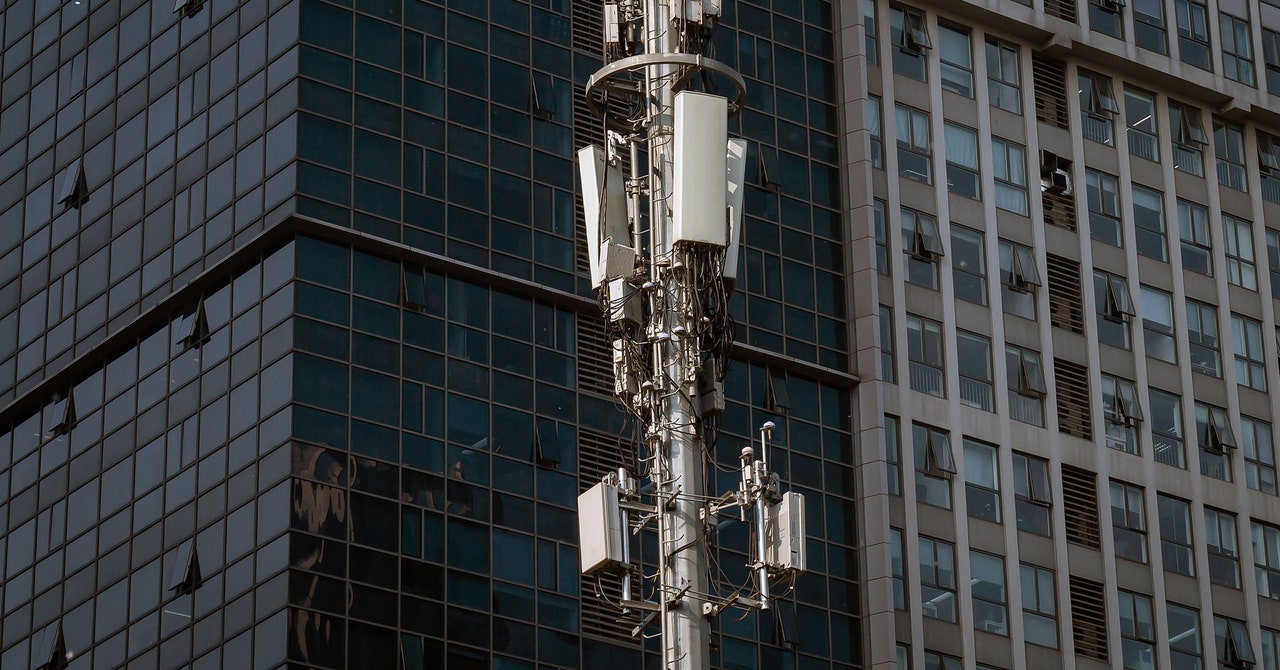The world came together to build 5G. Now the next-generation wireless technology is pulling the world apart.
The latest version of the 5G technical specifications, expected Friday, adds features for connecting autonomous cars, intelligent factories, and internet-of-things devices to crazy fast 5G networks. The blueprints reflect a global effort to develop the technology, with contributions from more than a dozen companies from Europe, the US, and Asia.
And yet, 5G is also pulling nations apart—with the US and China anchoring the tug-of-war. Tensions between Washington and Beijing over trade, human rights, the handling of Covid-19, and Chinese misinformation are escalating global divisions around the deployment of 5G. A growing number of countries are aligning with either a Western or a Chinese version of the tech.
“National security and commercial interests are all entangled, and it’s very hard to separate them,” says Scott Wallsten, president of the Technology Policy Institute, a think tank.
The way 5G was created, and the way it is now being deployed, capture an ongoing conundrum for Western countries—how to balance healthy competition and collaboration with national interests and the rise of China.
The 5G dispute centers on Huawei, arguably China’s most important tech company, with a dominant position in networking equipment, a big smartphone business, and increasingly sophisticated chips. The company is accused of stealing technology and of having close ties to the Chinese government that might enable cyberespionage. It has become a symbol of China’s a

